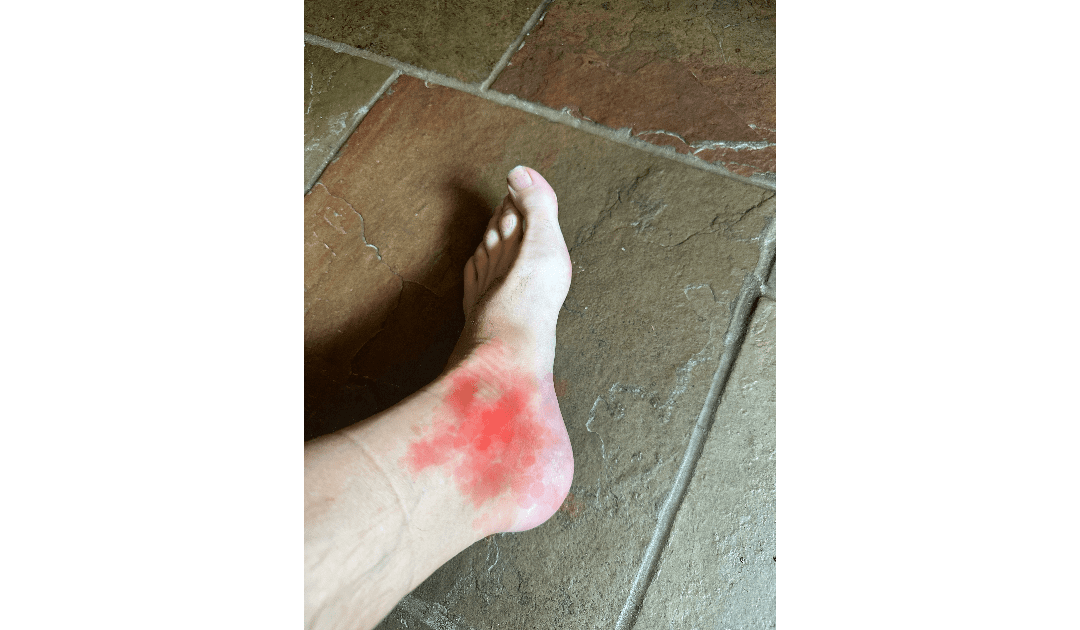I have started writing the outline for Book 5 in the Sir Anthony Standen Adventures. Readers of my fourth book, Called to Account will know a physician called Manuel. In my outline of Book 5, Manuel pays a house call to a patient with gout. I researched historical treatments for gout and have to share some of them with you. I should say that I’m not a physician and even if I were, I definitely would not recommend the following “treatments”.
Lorenz Fries was a German physician, cartographer, and astronomer. His cure for gout was to eat a fat old goose stuffed with chopped kittens, lard, incense, wax, and rye flour. After eating the goose, the patient was to rub the dripping onto the affected joints. Fries is better known for his re-working of maps from Ptolemy’s Geographia. I can’t say I’m surprised.
A 17th century physician from New England, Thomas Palmer, prescribed soaking wool in frog spawn and hot water, then applying it to the affected joints. Well that would be more popular with cat lovers.
In the event of those remedies failing to cure the gout, you could always transfer your gout to a tree. This 17th century remedy requires the patient to collect leg hairs and toenail clippings. Then in the spring, when the sap is rising, carve a hole in a poplar or oak tree. Put the leg hairs and toenail clippings into the hole, then plug the hole with cow manure. Your gout should be cured within three months.
Bleeding had been a popular cure for most ailments, including gout, since the 4th century B.C. So I can understand why some of these alternatives might have seemed attractive. Manuel is far too good a physician to prescribe anything other than an improved diet and exercise for the gout. He may prescribe laudanum for the pain though. Somehow I don’t think it’s going to work out well for the gout patient in book 5.

